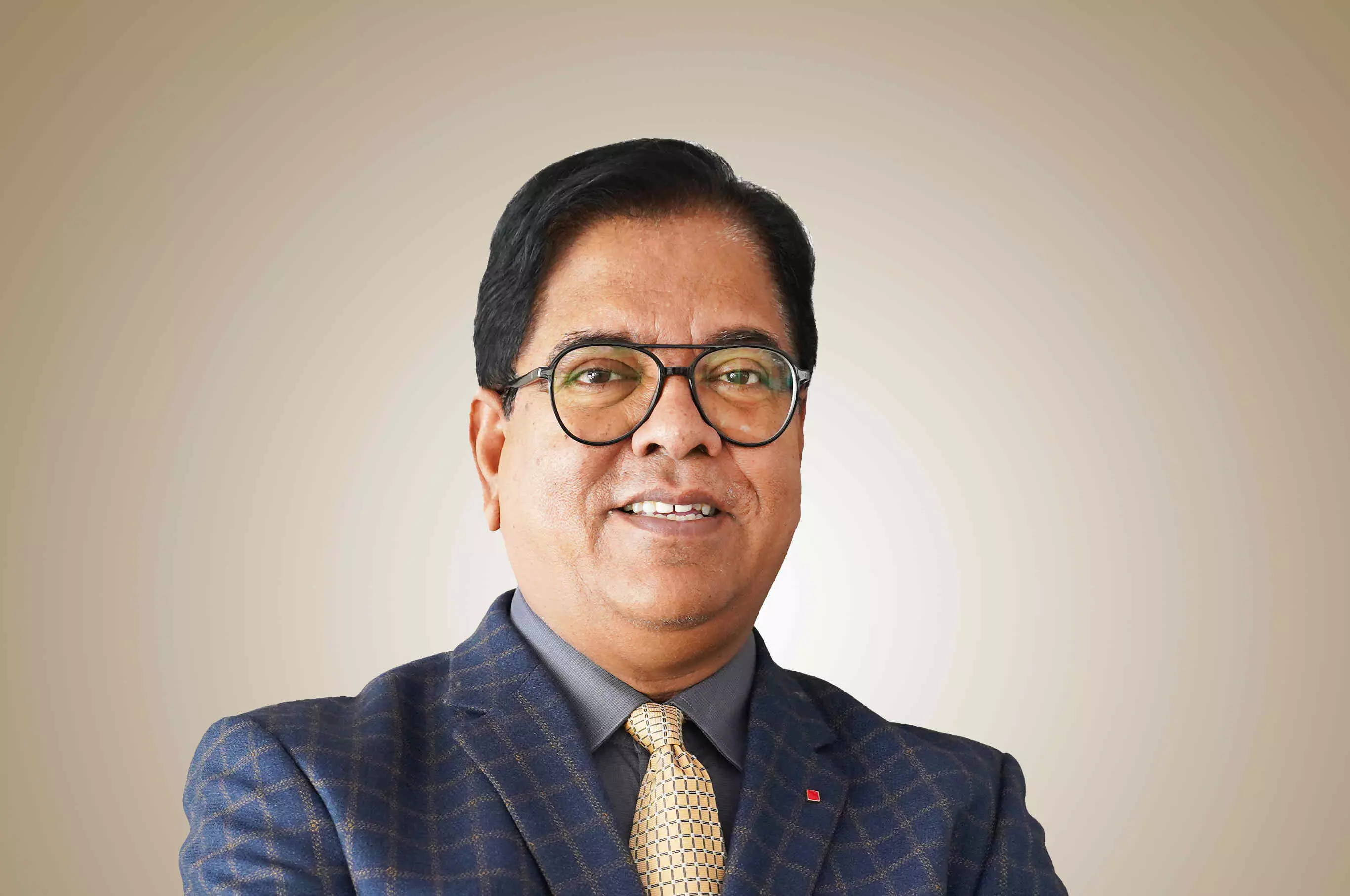CEO speaks: Empowering Results: Transitioning to Blended Learning for Deeper Engagement

The world of higher education is in a period of profound transformation. Where once higher education meant a rigid structure of classrooms, lectures, and strict attendance, the rise of blended and hybrid learning models presents a new and fresh opportunity. Today’s college students, growing up in an age of constant connectivity and rapid technological advancement, demand more dynamic, flexible approaches that cater to their unique learning styles and aspirations. These models aim to create a flexible and dynamic learning environment that extends beyond the traditional education delivery paradigm. So, what are these new modes of learning? Let us briefly explore.
Blended learning is a hybrid approach that combines traditional face-to-face instruction with online learning components. It allows students to access course materials digitally while benefiting from in-person interactions for deeper discussion and understanding. In a typical blended model, students may watch video lectures or read resources at their own pace, then attend a class where they can dive into problem-solving or collaborative activities with peers and instructors. Hybrid learning is closely related but goes a step further. It involves even more integration of online tools, allowing students to choose between online and physical attendance, based on what suits them best. This flexibility supports students in managing their time and workload, catering to those who may need more control over their schedules.
Flipped classrooms turn the traditional model on its head. Here, students engage with instructional content—lectures, videos, readings—outside of class, allowing in-person time to be spent on interactive activities, group work, and practical application of knowledge. This method has shown to boost student engagement, as it shifts them from passive listeners to active participants in their education.
Each of these models breaks down the boundaries of conventional education delivery, fostering a learning environment that aligns with how students naturally interact with the world today. The flexibility offered by these formats empowers students to absorb knowledge at their own pace, engage deeply with content, and develop critical skills like problem-solving, collaboration, and time management.
However, for these models to be truly effective, the mindset within higher education institutions must also shift. The traditional approach of “parenting” college students like schoolchildren—bound to strict attendance and minute-to-minute regulation—is outdated and often detrimental. Today’s students require an educational environment that respects them as mature individuals, capable of taking ownership of their own personalised learning journeys.
The recent tragic incident at IIT Guwahati, where a student reportedly took his own life due to the pressures of strict attendance requirements, reflects the need for empathy and reform in our higher education system. Such rigidity not only ignores the autonomy of young adults but also places unnecessary pressure on students, often leading to mental health struggles and a sense of disenchantment with their education. By enforcing rules that were designed for a different era, we risk alienating students of today and undermining their true potential.
The focus of educational institutions must shift from simply monitoring attendance to evaluating meaningful learning outcomes. Rather than enforcing compliance through archaic systems, universities should emphasise what students gain from their courses and how effectively they can apply that knowledge. A transition to outcome-based education (OBE) shifts attention to students’ progress, skills, and achievements, allowing them to learn in a manner that feels impactful and relevant.
This is especially important in a country like India, where employability among graduates remains alarmingly low. According to the India Skills Report 2023, only about 46% of Indian graduates are considered employable. The conventional education model, focused on theoretical knowledge and memorisation, does little to prepare students for the real world. Graduates often leave universities without essential skills such as communication, teamwork, and critical thinking. This glaring disconnect between academic programs and industry needs not only frustrates students but also contributes to a workforce ill-prepared for the demands of a rapidly changing economy.
Blended and hybrid models, alongside innovative practices like experiential and co-op education, offer a promising path forward. For these innovations to become widespread, however, support is needed from regulatory bodies like the AICTE and the NAAC. These bodies are responsible for setting standards in higher education, and they must recognise that the skills students require today are far different from those of previous generations. Instead of emphasising attendance and seat time, guidelines should prioritise skills, outcomes, and employability. Educational institutions would then be encouraged to invest in online platforms, collaborative spaces, and partnerships with industry, fostering an environment that prepares students for a dynamic, technology-driven world. By revising accreditation requirements to focus on real-world readiness, regulatory bodies can help create an educational landscape where innovation and inspiration thrive.
As India marches towards becoming a global economic powerhouse, the time has come for us to embrace a system that respects and empowers its students, rather than confining them to outdated norms. Our students deserve to be inspired, not constrained; prepared, not merely processed. As regulatory bodies and institutions work toward these changes, we pave the way for a future where Indian graduates are not only well-educated but globally competitive, resilient, and ready to lead. The future of education is here, and it is time we rise to meet it!
The author is the Group CEO of Techno India Group, a visionary and an educator. Beyond his corporate role, he is also a mentor who guides students towards resilience and self-discovery

